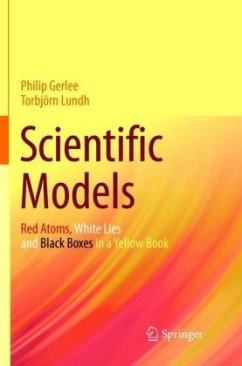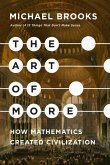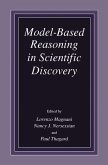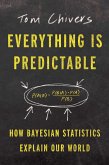A zebrafish, the hull of a miniature ship, a mathematical equation and a food chain - what do these things have in common? They are examples of models used by scientists to isolate and study particular aspects of the world around us. This book begins by introducing the concept of a scientific model from an intuitive perspective, drawing parallels to mental models and artistic representations. It then recounts the history of modelling from the 16th century up until the present day. The iterative process of model building is described and discussed in the context of complex models with high predictive accuracy versus simpler models that provide more of a conceptual understanding. To illustrate the diversity of opinions within the scientific community, we also present the results of an interview study, in which ten scientists from different disciplines describe their views on modelling and how models feature in their work. Lastly, it includes a number of worked examples thatspandifferent modelling approaches and techniques. It provides a comprehensive introduction to scientific models and shows how models are constructed and used in modern science. It also addresses the approach to, and the culture surrounding modelling in different scientific disciplines. It serves as an inspiration for model building and also facilitates interdisciplinary collaborations by showing how models are used in different scientific fields.
The book is aimed primarily at students in the sciences and engineering, as well as students at teacher training colleges but will also appeal to interested readers wanting to get an overview of scientific modelling in general and different modelling approaches in particular.
The book is aimed primarily at students in the sciences and engineering, as well as students at teacher training colleges but will also appeal to interested readers wanting to get an overview of scientific modelling in general and different modelling approaches in particular.
"The authors look at the modelling of phenomena in different fields such as physics, chemistry, statistics, engineering and zoology. ... The various illustrations contribute to illuminate the different concepts and topics. The book is quite entertaining, enjoyable to read and can be recommended for scientists and students alike from different fields." (Willi-Hans Steeb, zbMATH 1354.00064, 2017)








